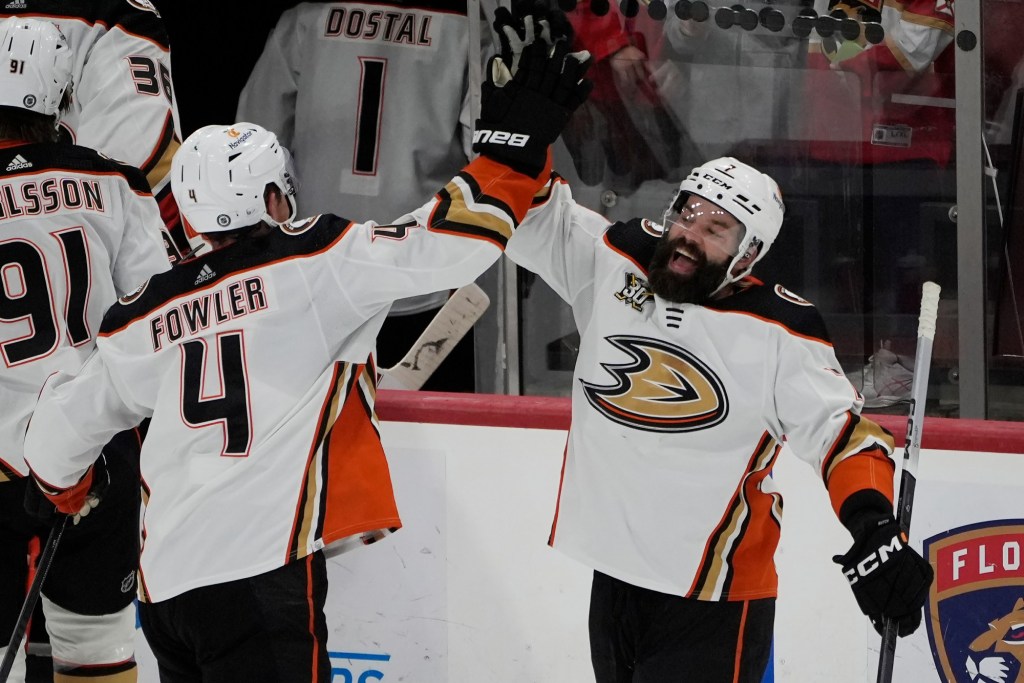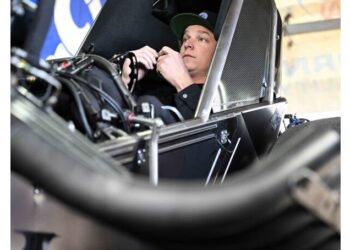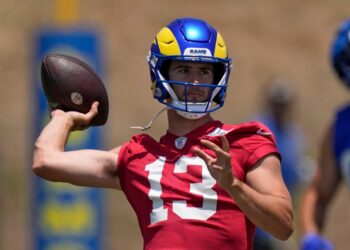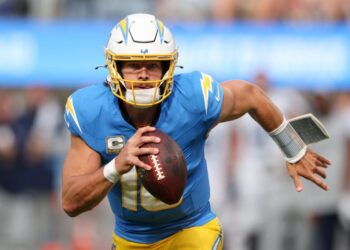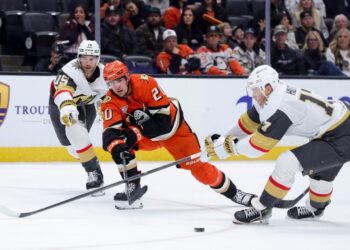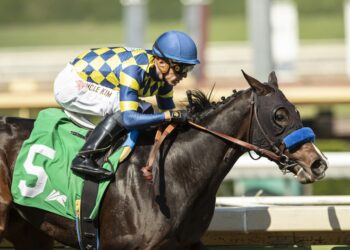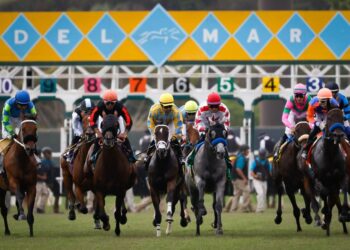The Ducks entered this season with renewed direction, a new head coach and designs on making strides toward a future predicated on a prospect pool illuminated in neon lights.
Through 50 games, they’re in an almost identical position record-wise, as their 18-30-2 mark at this year’s All-Star break is just one point better than their 16-29-5 record heading into 2023’s pause.
But the Ducks have been considerably more competitive and entertaining than they were last season, having put mostly behind them myriad issues with structure, pace, discipline and puck management over the course of this campaign. They’ve reduced last season’s NHL-worst goals-against average from 4.09 to 3.40 while also increasing their penalty-kill percentage, which was the second worst in the league last year, by nearly 6%.
There have been growing pains, both figurative and literal, as youthful inconsistency has been exacerbated considerably by a torrent of injury-related absences, almost all involving key players.
With the playoffs all but mathematically out of the question, the Ducks will seek to springboard themselves into next season across their final 32 contests, imploring players to continue raising their competitiveness and embracing the maxim that “you are what you do.”
What’s been going well
A full-force youth movement could dovetail nicely with the solidified presence of last year’s team leader in goals, Troy Terry, and some shrewd seasoned additions in free agency.
All three of the Ducks’ Canadian junior defensemen of the year have appeared promising as top-level pros this season in varying levels of exposure. Up front, they’ve enjoyed better balance and more scoring punch when healthy, though they’ve never had a full complement of players at their disposal this season. In goal, Lukáš Dostál has emerged as a sound Yang to veteran John Gibson’s Ying, with AHL goalie Tomas Suchanek providing some promise for the future as well.
Some veteran additions…
Read the full article here

